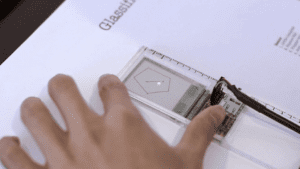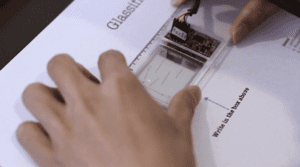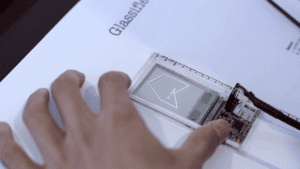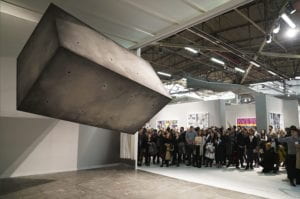From my point of view, interaction is an iterative process which involves actions and feedback. The whole process are composed by input, process, and output, or more straightaway, “listening, thinking, and speaking”. Interaction needs constant response. It exists not only between humans but also between humans and machines/devices.
Before I read the article called The Art of Interactive Design, I haven’t had a concrete definition for interaction. For me, interaction just means actions or talking between different people. However, after I read Crawford’s article, I started to have a more detailed definition for interaction. In Crawford’s article, he gives the definition that “interaction is a cyclic process in which two actors alternately listen, think, and speak”, which exerts a strong influence on me when I built my own definition for interaction. Besides the definition, Crawford also mentions the degrees of interactivity. He mentioned that objects such as refrigerators interact with human beings at a low level (Crawford 6). This reminded me that interaction exists not only between different humans but also between humans and devices. The only difference is that interactions between humans and devices could be at a lower level than the ones between different humans. That’s basically how I shaped my definition for interaction.
During my research, I found a project that aligned with my definition for interaction called Glassified – Ruler with transparent display to supplement physical drawing. In this project, users can draw any geometric figure. After placing the glassified-ruler onto the figure, the screen can give dynamic feedback to the users. The reason why I think this project aligned with my definition is that this device responds to people’s drawing. The geometric figure that people draw is the input. The process is “to solve math problems, combine drawing with computer algorithms, and learn physics using a physics simulator to understand movement and forces in physics drawings”. The output is the image that displays on the screen.



In terms of the project that doesn’t align with my definition, I chose the one named Studio Drift – Free floating concrete monolith & HoloLens Artwork. Even though it seems like this floating concrete object is interacting with the surrounding air, there is no “input, process, output” cycle. Besides, there is no interaction between this object and visitors. It stays by its own floatage and gives no feedback or response to human actions. That’s why I think this project doesn’t align with my definition.



For my group, we came up with a definition for interaction – interaction is a continuous conversation between two or more corresponding elements. Our idea is to use the thermometer as a sensor to sense the user’s body temperature and adjust the ambient temperature accordingly. In the process, the user is interacting with sensors and the air conditioning system. The input is the user’s body temperature. The process is that sensors transfer the temperature information to the house’s air conditioner and the AC start to compute the appropriate house temperature according to the information that sensors provide. Then the output is the suitable house temperature. Our project has a complete process for interaction and gives response/feedback to the user’s body temperature (input), just like the project that aligned with the definition. We tended to make our project interact with human beings and also with different devices so that it wouldn’t happen to be like the project that doesn’t align with the definition.
Reference:
http://s3-ap-southeast-1.amazonaws.com/ima-wp/wp-content/uploads/sites/3/2017/08/05164121/The-Art-of-Interactive-Design-brief.pdf
Glassified – Ruler with transparent display to supplement physical drawing
Studio Drift – Free floating concrete monolith & HoloLens Artwork